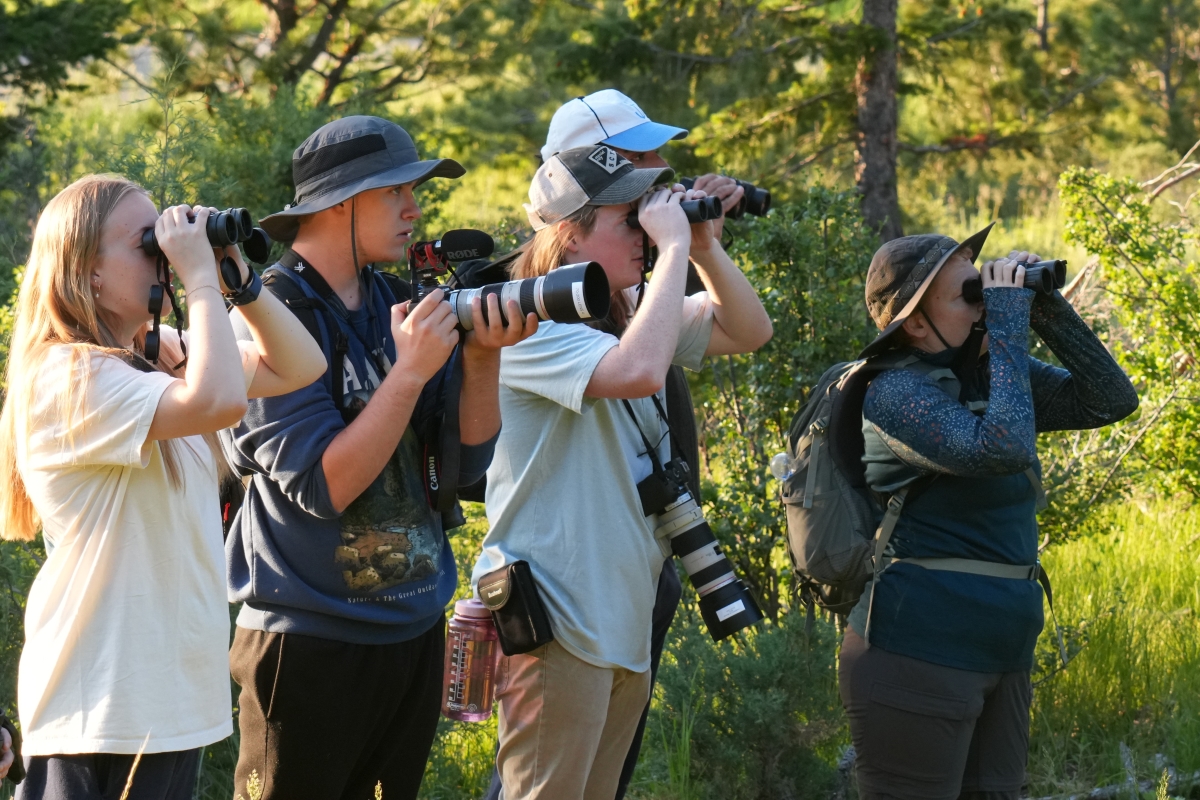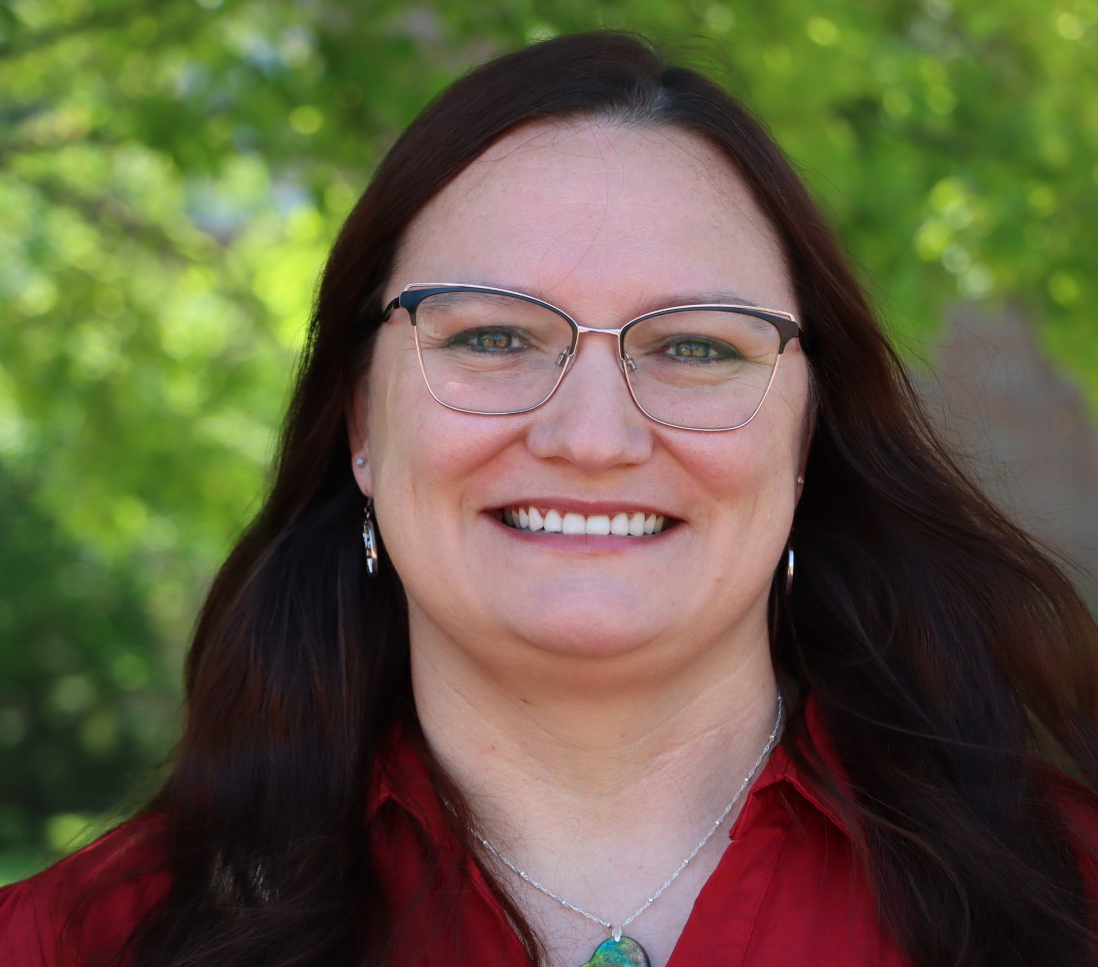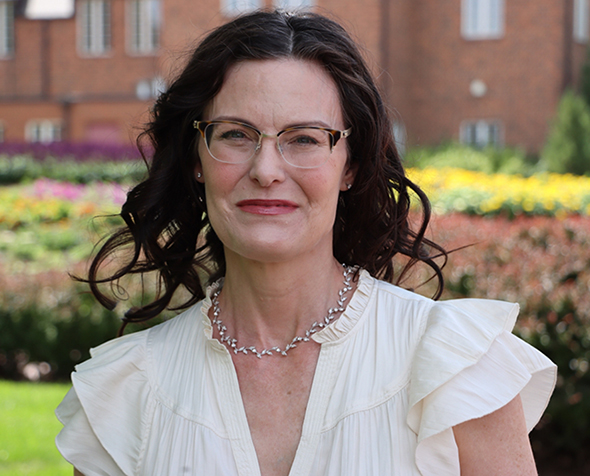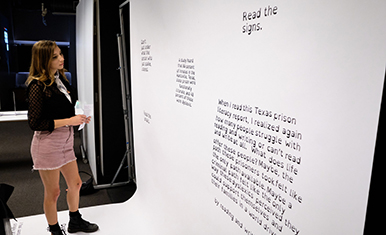CAHSS Professor’s Research Aims to Reduce Potential Harm from Psychedelics Use in Real-World Settings

Research on psychedelics’ potential to treat depression and PTSD in therapeutic settings led to decriminalizing the use of certain psychedelics and establishing licensed therapeutic centers for psychedelic-assisted therapy in Colorado in 2022. But while the use of psychedelics outside such clinical environments is on the rise nationwide — up from 10% in 2019 to 12% in 2023 — the possible harmful side effects of such “real-world” use remains understudied. College of Arts, Humanities & Social Sciences (CAHSS) Psychology Teaching Assistant Professor Banan Ramarushton hopes to change that.
She and her team of University of Denver undergraduate students are exploring the real-world use of psychedelics with an eye toward identifying risks and protective, “harm-reduction” strategies. The approach evolved from her PhD research in behavioral science at the University of North Texas.
“I was looking at alcohol use and distinguishing between people who suffer negative alcohol consequences, like those who use alcohol as a coping mechanism, and those who drink but don’t experience negative consequences,” she said. “My research just naturally broadened to include other substances like psychedelics.”
Ramarushton joined the CAHSS Department of Psychology in 2024. Her current research explores how people use psychedelics outside clinical settings and how to support safer psychedelic experiences. “People might do mushrooms alone, with friends, in nature, at concerts or at home,” she said. “But we don’t really know much about the different ways people are preparing for psychedelic journeys outside of a clinical setting and how that leads to different outcomes.”
According to Ramarushton, some people are more informed than others about beneficial psychedelic preparation techniques such as cultivating a positive mindset ahead of time and having a trusted “trip sitter” who can be there during the duration of the journey. “We also know that people search for some kind of meaningful way to process their psychedelic journey afterwards, especially if it was challenging or overwhelming,” she added.
She and her team are currently testing James Pennebaker’s expressive writing paradigm — which asks participants to write freely about a significant or traumatic event — as a possible evidence-based tool in preparing for and integrating psychedelic experiences. “We know that some people are already using journaling in these ways before and after their psychedelic journeys so, we want to test if this cost-effective, self-guided intervention can actually improve psychological outcomes.”
Last spring, her team began recruiting people 21 years or older who are already planning on taking a high-dose mushroom journey to find out how the various settings and circumstances in which they use psychedelics affects their experiences. Participants schedule three Zoom interviews with researchers — within a week prior to their mushroom journey, a week following and four weeks after. Researchers randomly assign participants a writing task, based on the expressive writing paradigm.
The team has conducted interviews with 40 participants so far and received funding from the University of Denver for up to 80. “If we can procure additional funding, we’d love to continue recruiting,” Ramarushton said.
Her “Foundations of Psychological Science” class includes a discussion of psychedelic-assisted therapy as potential antidepressant and PTSD treatments, but she hopes to eventually teach a course dedicated to psychedelics use. “We know that psychedelic use is increasing, especially among young adults, and some have major, challenging experiences using these substances outside of therapeutic settings,” she said.
On the extreme negative side, Ramarushton said unsupported psychedelic use can lead to Hallucinogenic, Persistent, Perception Disorder (HPPD), wherein people experience distressing hallucinations or visual distortions, which may also include feelings of derealization and depersonalization. “It can persist for months or even years, has been understudied and has no known cure.”
On the positive end, she cited people reporting mystical experiences from psychedelic use, often described as being one with everything, with nature, with life or with God. Mystical experiences have led to positive psychological outcomes such as reduced depression and anxiety symptoms, higher life satisfaction and higher psychological flexibility. “People are able to think differently about the problems in their lives and may even come to a better place of acceptance about their life and things that have happened in the past,” Ramarushton explained.
Going forward, her team “hopes to better identify and define safeguards toward reducing harm that we can test and — if they prove effective — promote,” Ramarushton said.
She added that the research is relevant for young adults who may be exploring psychedelics. “They need to know that these aren’t just party drugs. Without structured support in place, they can be really disorienting, especially among those who don’t yet have a tried, true and tested framework and are still questioning their purpose in life. Yet, when thoughtfully integrated, psychedelics may provide new perspectives about life and death and foster deeper meaning-making for the narratives that we have about our lives.”





